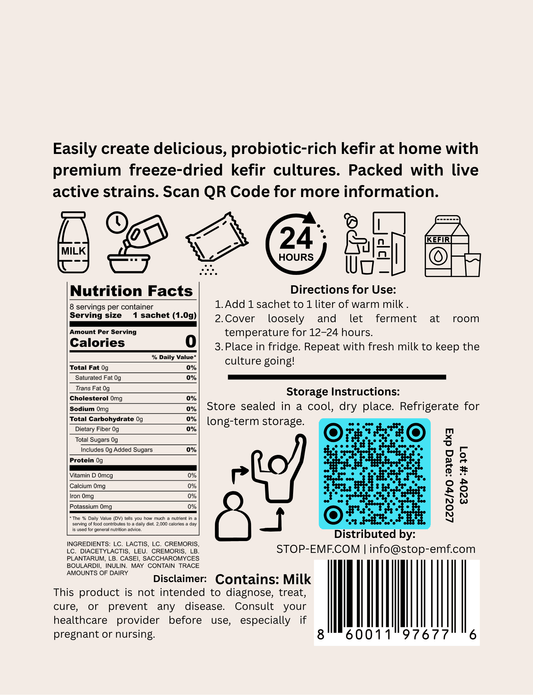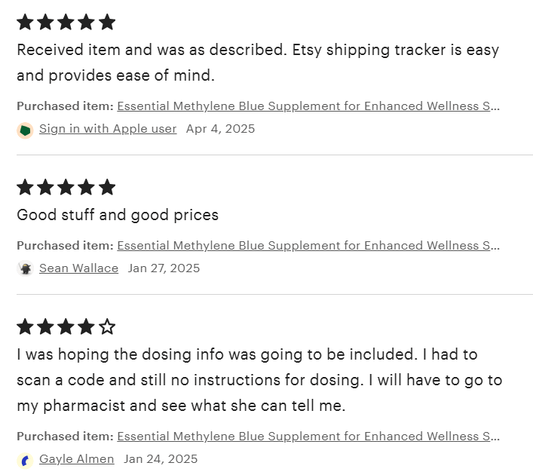In the ever-evolving world of modern medicine, there are countless advancements that have revolutionized the way we approach healthcare. From groundbreaking surgical techniques to cutting-edge diagnostic tools, the medical field is constantly pushing the boundaries of what's possible. But amidst all these innovations, there's one unsung hero that has been quietly making a significant impact – methylene blue.
Methylene blue, a synthetic dye with a vibrant blue hue, has been used in various medical procedures for over a century. While it may not have the same level of recognition as some of the more high-profile medical breakthroughs, its versatility and effectiveness have made it an indispensable tool in the hands of healthcare professionals.
The Many Uses of Methylene Blue
One of the primary applications of methylene blue is in diagnostic procedures. When injected into the body, the dye can help healthcare providers visualize certain structures or identify the source of a problem. For example, in the field of urology, methylene blue is used to detect leaks in the urinary tract during surgery, ensuring that any issues are promptly addressed.
But the uses of methylene blue don't stop there. It's also been employed in the treatment of various medical conditions, such as cyanide poisoning, methemoglobinemia (a rare blood disorder), and even certain types of cancer. In the case of cyanide poisoning, methylene blue acts as an antidote, helping to restore the body's normal oxygen levels and prevent potentially life-threatening complications.
The Healing Power of Methylene Blue
One of the most fascinating aspects of methylene blue is its ability to promote healing and regeneration within the body. Researchers have discovered that the dye possesses powerful antioxidant properties, which can help protect cells from the damaging effects of free radicals. This, in turn, can accelerate the healing process and reduce the risk of complications following medical procedures.
In the field of wound care, methylene blue has been used to treat a variety of skin conditions, from chronic ulcers to surgical incisions. When applied topically, the dye can help reduce inflammation, fight infection, and stimulate the growth of new, healthy tissue. This makes it an invaluable tool in the arsenal of healthcare providers who are working to help patients recover and heal.
The Future of Methylene Blue in Medicine
As the medical community continues to explore the potential of methylene blue, new and exciting applications are being discovered. Researchers are investigating the use of the dye in the treatment of neurodegenerative diseases, such as Alzheimer's and Parkinson's, as well as its potential to enhance cognitive function and improve memory.
Additionally, there is growing interest in the use of methylene blue in the field of photodynamic therapy, a treatment that uses light-sensitive drugs to target and destroy cancer cells. By harnessing the unique properties of the dye, healthcare providers may be able to develop more effective and targeted cancer treatments that minimize the side effects often associated with traditional therapies.
Conclusion
In a world where medical advancements are often celebrated for their cutting-edge technology and groundbreaking innovations, it's easy to overlook the humble yet powerful contributions of a simple dye like methylene blue. But as we've seen, this unassuming compound has the potential to revolutionize the way we approach healthcare, from diagnostic procedures to wound healing and beyond.
As we continue to push the boundaries of what's possible in medicine, it's important to remember the value of the tried-and-true tools that have been with us all along. Methylene blue may not be the flashiest or most high-profile medical innovation, but its versatility, effectiveness, and healing properties make it an indispensable asset in the quest to improve human health and well-being.
So the next time you hear about a groundbreaking medical breakthrough, take a moment to appreciate the unsung heroes – the humble compounds and materials that are quietly making a difference in the lives of patients around the world.






